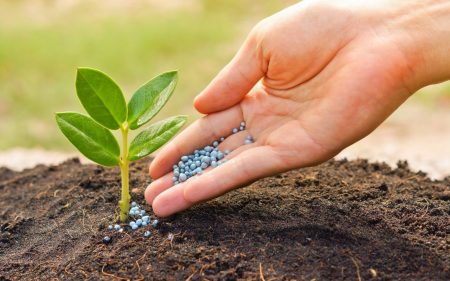
Growing any kind of crop is a lot of work. To get a good harvest, experts recommend using a variety of fertilizers, such as phosphate. One of the representatives of this group is precipitate. It is also actively used as an independent fertilizer, and is included in others.
Healthy, active plant growth, as well as obtaining high and high-quality crops provide fertilizers. Not only organic, but also mineral compounds are used, which include a variety of chemical elements. Phosphorus is responsible for fertility. Precipitate is an example of phosphorus-containing fertilizer, which is actively used in agriculture and in household plots.
Description and characteristics of fertilizer Precipitate
Phosphorus is one of the main substances that contribute to improving the quality of the fruits of any crop, as well as increasing yields. In addition, phosphorus, nitrogen and potassium are the three substances that are necessary for the full functioning of any crops. This element, as well as compounds based on it, is responsible for the control of metabolic reactions that occur inside plants. Due to this, the culture receives everything necessary for full growth and fruiting nutrition.
Today, the market offers several types of phosphorus fertilizers. For example, superphosphate, phosphate rock, tomosclag. However, the precipitate is the most valuable and one of the very first fertilizers that contains phosphorus.
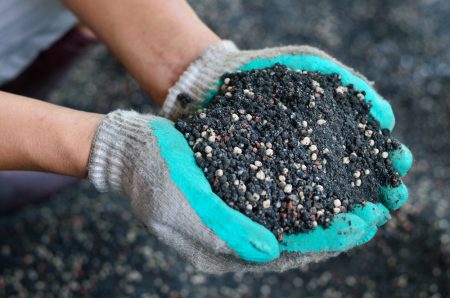
The precipitate also has a second name - calcium hydrophosphate. It is a concentrated phosphate fertilizer suitable for use on any type of soil and crop. It is also practiced to add this substance to the mineral compositions used to feed large and small livestock.
The composition of the precipitate is characterized by a high concentration of phosphorus (about 50%), precisely because of this, its use as a top dressing is the most effective. As you know, phosphorus helps the root system to be strong, strong, resistant to various dangerous processes. It is also responsible for increasing the concentration of sugar in the fruit.
The fertilizer precipitate looks like fluffy powder. Its use is not particularly difficult. You should only remember a few nuances:
- the compound is not soluble in water;
- for best results, it is recommended to mix with other mineral dressings.
As a result of applying the precipitate, it is possible to solve the following problems:
- yield increase;
- increase in a plant’s own immunity to various diseases;
- improving the qualitative characteristics of the fetus, in particular, keeping quality;
- improvement of organoleptic coefficients.
Despite the fact that the precipitate can be applied on any soil, the greatest efficiency can be achieved on soils that are prone to oxidation. A powder that does not dissolve in water quickly breaks down into components in an acidic environment. Due to this, the saturation of the soil with phosphorus is much faster. The effectiveness is especially pronounced when using fertilizer for feeding young plants, the root system of which has not yet fully formed. The compound promotes the absorption of sparingly soluble salts contained in solid soil.
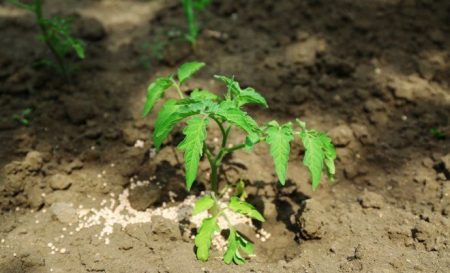
The principle of action of the precipitate is similar to another type of fertilizer - superphosphate. However, this compound does not have the long-lasting effect that calcium hydrophosphate has. In an acidic environment, superphosphate decomposes quite quickly. Accordingly, more weakened plants may not receive nutrients.
Another feature of calcium hydrogen phosphate is its harmlessness to both the soil and the plant, when compared with other fertilizers containing phosphorus. The explanation for this is simple - the combination of much less artificiality and chemistry than, for example, in the popular superphosphate.
The main features that indicate the need for precipitation are:
- color change in the lower leaves from dark green to crimson, almost purple;
- change in leaf structure;
- plant growth stops;
- the stem lacks nutrition due to weakening of the roots.
Chemical composition
Chemically, the precipitate consists of two-water dicalcium phosphate CaHPO4 * 2H2O. The fluorine content (P2O5) is about 50%.
Fertilizer is obtained by neutralizing phosphoric acid at a temperature of 50 ° C.
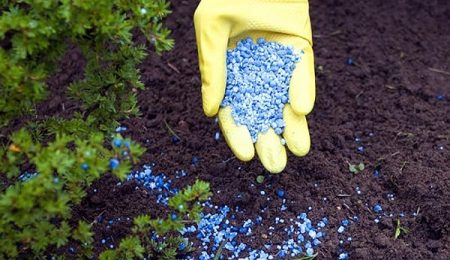
Reviews
Mikhail, 35 years old, Moscow:
I have a large garden in a village near Moscow. The land as a whole is not bad, but you can’t do without fertilizers. Of all the phosphates, I prefer the precipitate. Yes, expensive when compared with superphosphate, but the efficiency is much higher. But the consumption is relatively small - at 10 m2 200 grams is enough. It is best mixed with other minerals. When working with precipitate, it is important to remember one rule - fertilizer should be repaired to a greater depth and in advance, preferably in the fall. In this case, it is completely absorbed by the soil and after planting, the plants will receive everything necessary for proper growth.
Olga, 55 years old, Perm:
I have been cultivating different crops for many years. I always used superphosphate in order to get healthy, well-bearing plants. However, over time, the soil even with this fertilizer ceased to be as fertile as we would like. In one magazine I read about precipitate. The price frightened off, but decided to take a chance. Before the onset of autumn, I dug up a garden, introduced fertilizer mixed with other mineral compounds. With such impatience, I had not expected the harvest for a long time. And not disappointed. My plants have never been so healthy, fruitful.
Igor, 45 years old, Nizhny Novgorod:
I have several fields. A good harvest is the key to my financial stability, the ability to pay for the work of the hired population. I have been using precipitate for several years. The cost of fertilizer costs pays for a good crop, plant health. And another factor in favor - there is very little artificiality in the fruits.

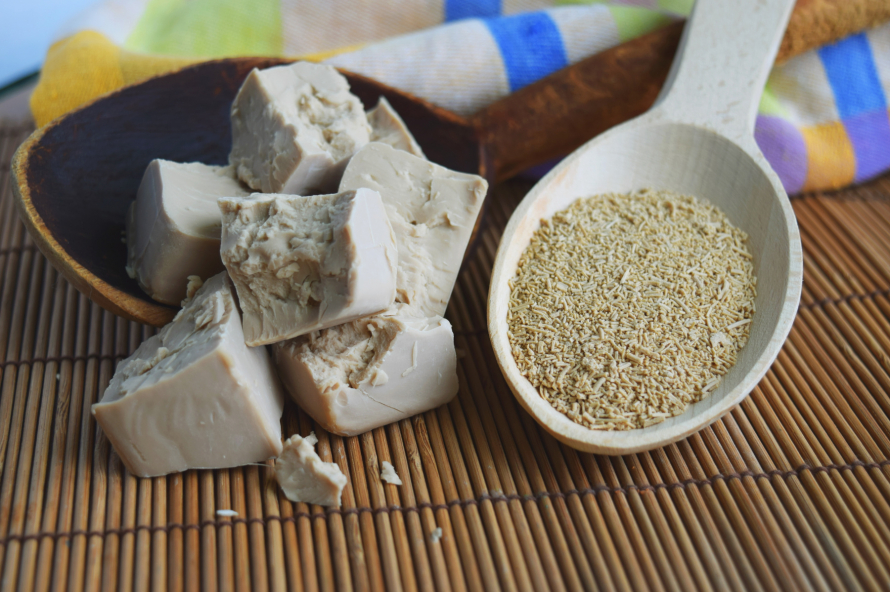
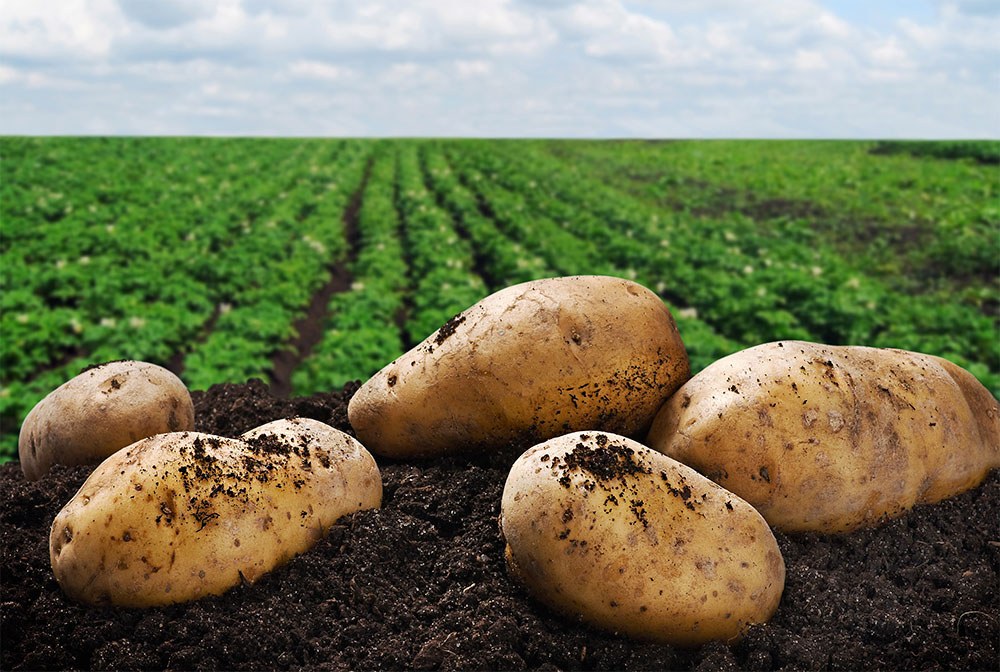
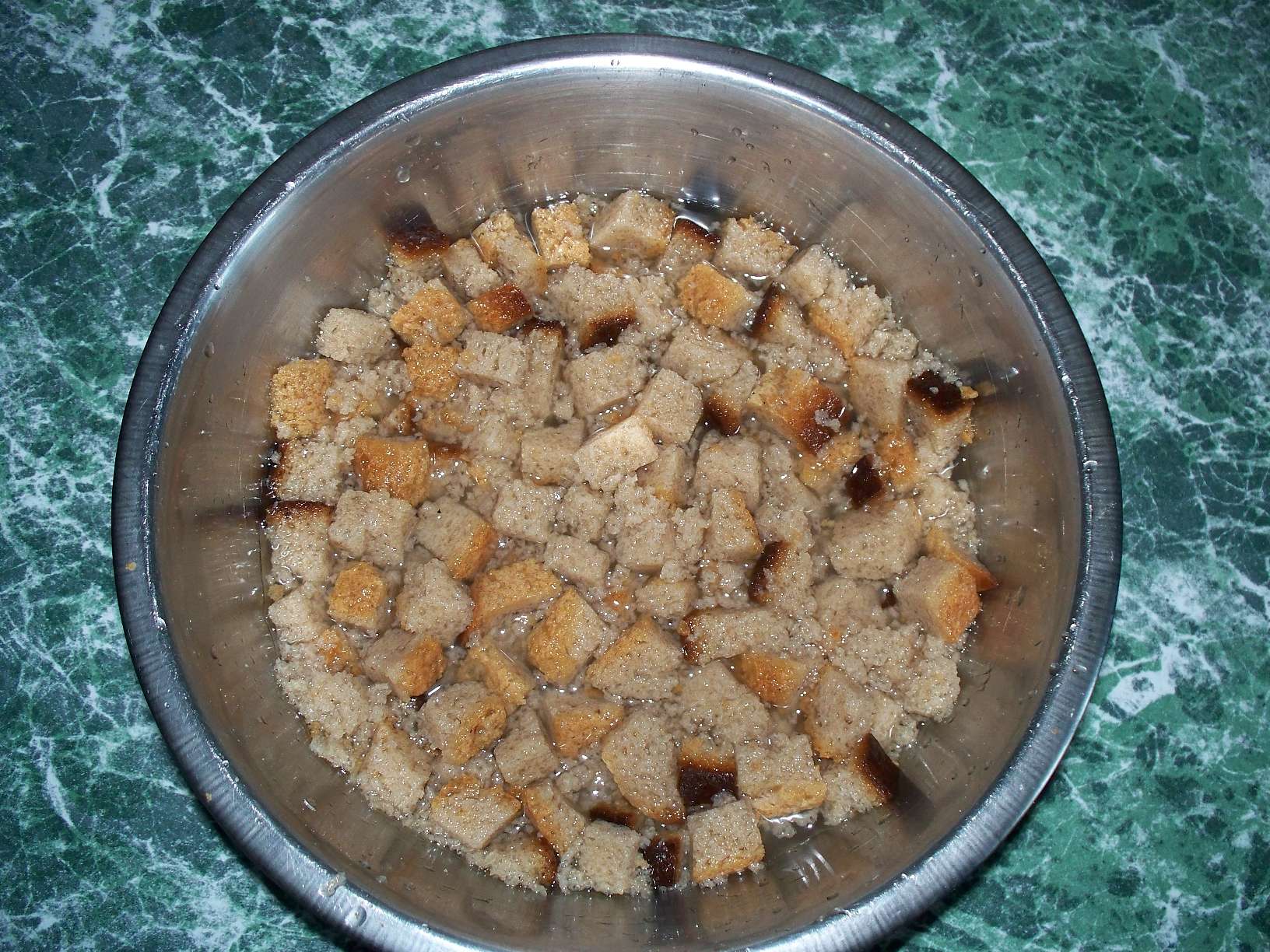
 Superphosphate: what is it and how to apply it
Superphosphate: what is it and how to apply it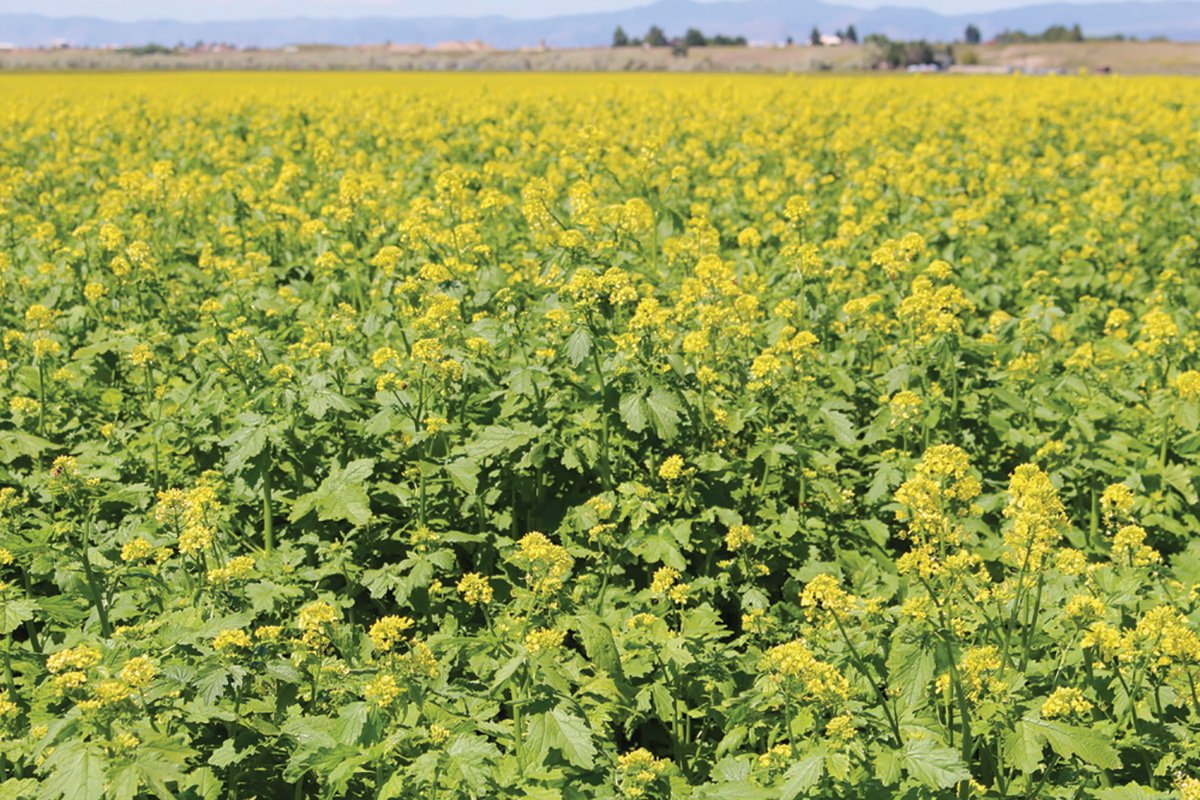 What problems can be expected from siderats?
What problems can be expected from siderats?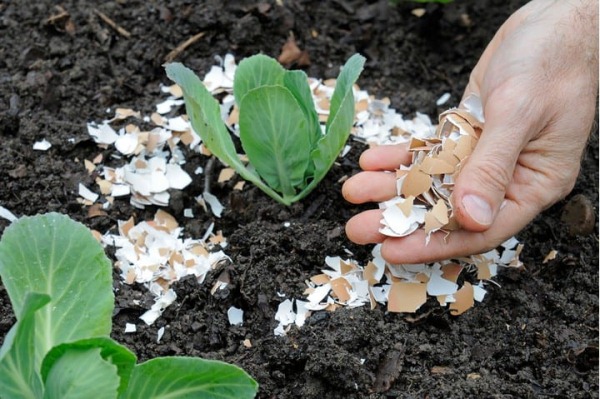 Secrets of the collection, storage and use of eggshells in the garden
Secrets of the collection, storage and use of eggshells in the garden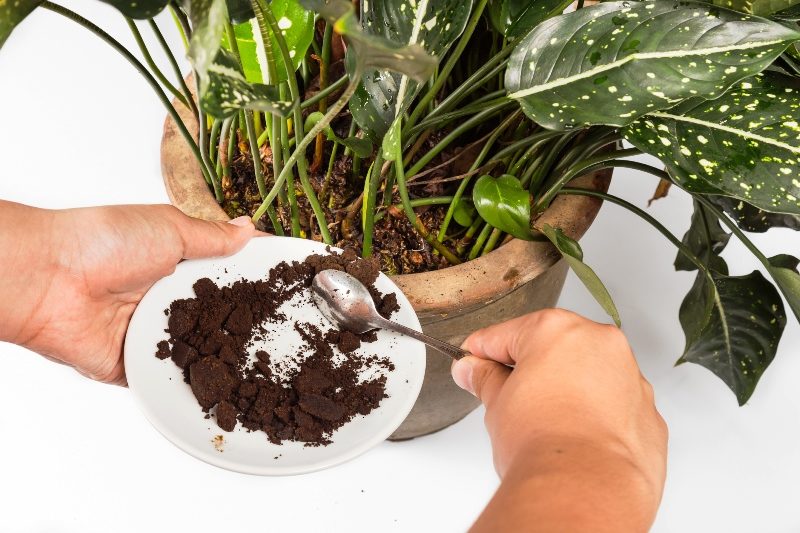 The most popular top dressing for indoor plants
The most popular top dressing for indoor plants